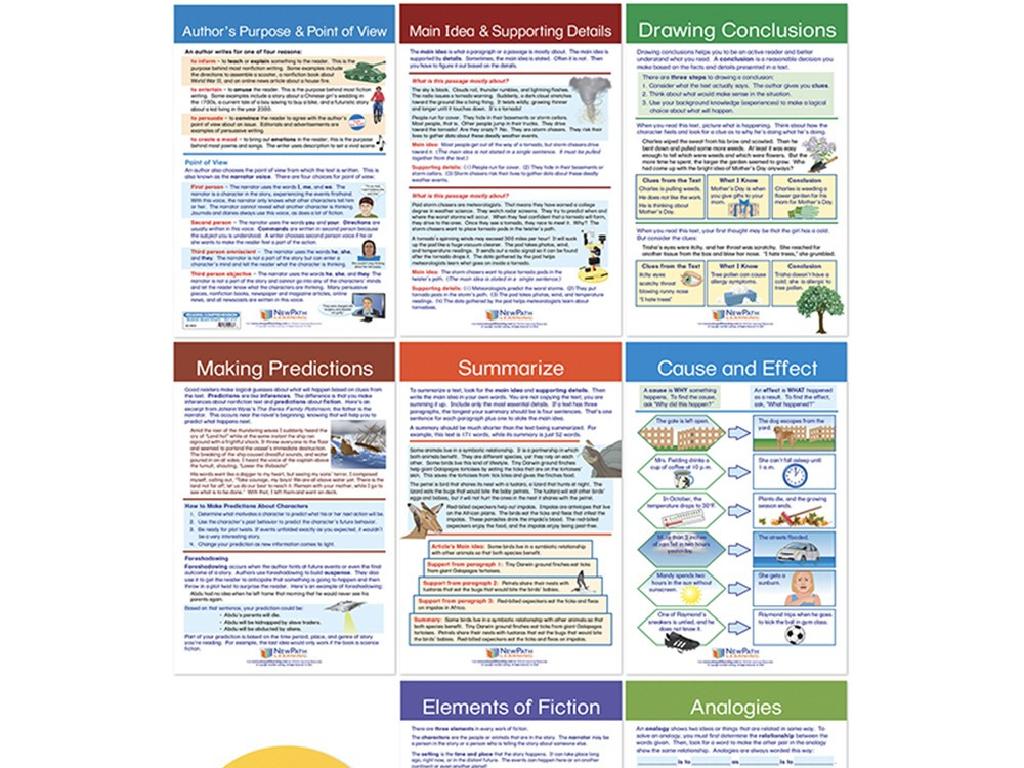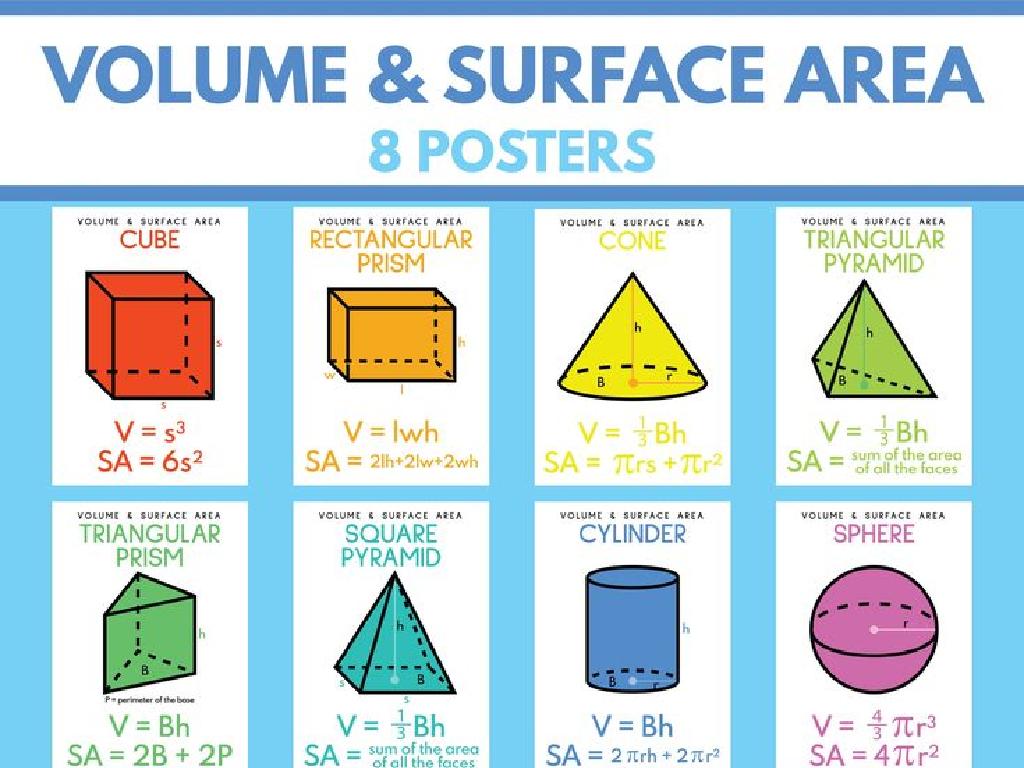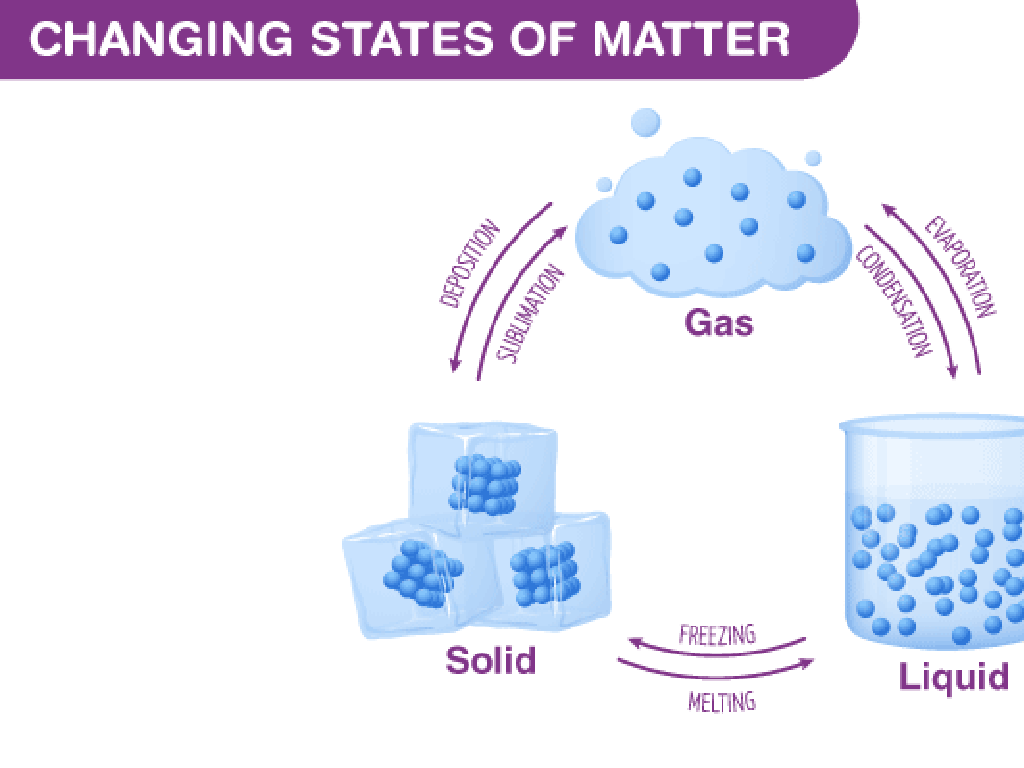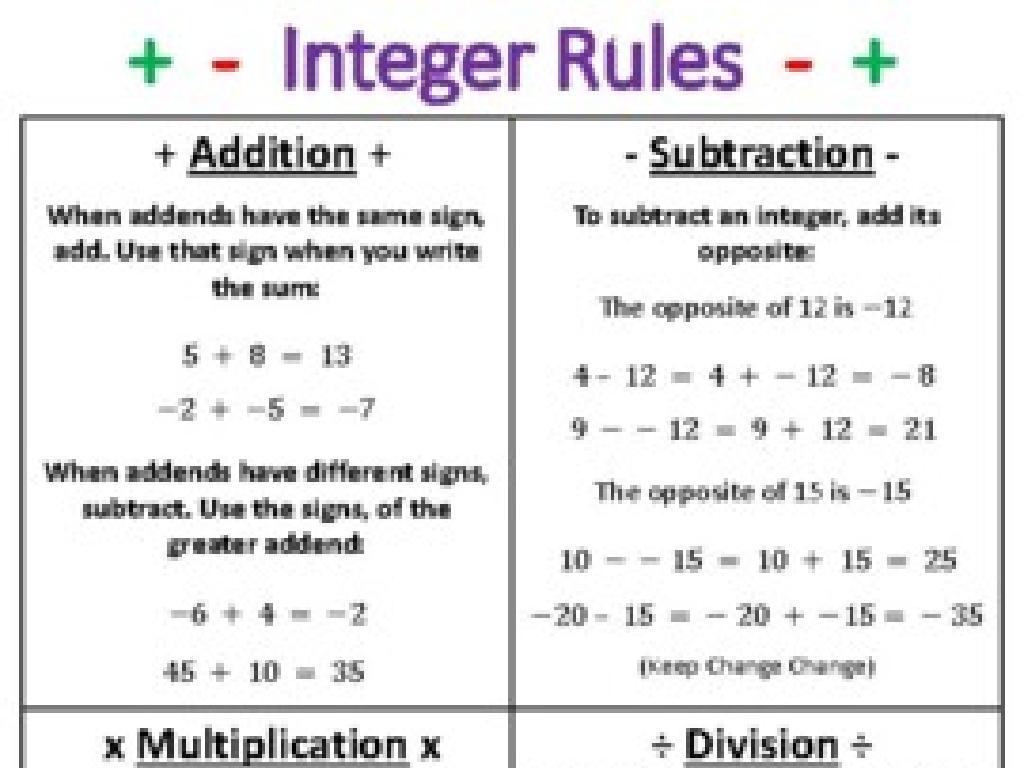Source Analysis: The Declaration Of Independence
Subject: Social studies
Grade: Sixth grade
Topic: Social Studies Skills
Please LOG IN to download the presentation. Access is available to registered users only.
View More Content
Exploring the Declaration of Independence
– Importance of source analysis
– It helps us critically examine historical documents.
– Declaration of Independence overview
– It’s a historic document declaring independence from Britain.
– Significance in American history
– Marks the birth of the United States as a sovereign nation.
– Analyzing historical context
– Understanding the era helps us grasp the document’s impact.
|
This slide introduces students to the concept of source analysis using the Declaration of Independence as a case study. Source analysis is a key skill in social studies that allows students to critically examine historical documents to understand their meaning and significance. The Declaration of Independence, adopted on July 4, 1776, is a foundational text of American history, marking the colonies’ official break from British rule and the establishment of a new nation. Discussing its significance provides insight into the values and motivations of the American Revolution. Encourage students to consider the historical context in which the Declaration was written to fully appreciate its importance and the impact it had on the world.
Exploring the Declaration of Independence
– Brief history of the Declaration
– Adopted on July 4, 1776, marking US independence from Britain
– Key figures in its creation
– Thomas Jefferson drafted it, with input from John Adams, Benjamin Franklin, and others
– Main purpose of the document
– To declare the colonies’ independence and explain the reasons for separation
|
This slide introduces the Declaration of Independence, a cornerstone of American history. Begin with a brief history, highlighting the date of adoption, July 4, 1776, as a pivotal moment in the United States’ quest for independence from British rule. Discuss key figures like Thomas Jefferson, who penned the initial draft, and others like John Adams and Benjamin Franklin who contributed. Emphasize the document’s main purpose: to declare the thirteen colonies’ independence and justify the separation by listing grievances against King George III. Encourage students to reflect on the significance of the Declaration as a symbol of freedom and a statement of the country’s values.
Primary vs. Secondary Sources
– Define primary & secondary sources
– Primary sources are original documents; secondary sources discuss primary sources.
– Examples of source types
– Primary: diaries, speeches; Secondary: textbooks, articles.
– Declaration: A primary source
– The Declaration is an original historical document.
– Analyzing primary sources
|
This slide introduces students to the concepts of primary and secondary sources, which are foundational for understanding historical context and analysis. Primary sources are original, firsthand accounts of events, like the Declaration of Independence. Secondary sources interpret or analyze primary sources and include books and articles written by historians. Use the Declaration of Independence as a clear example of a primary source and discuss its significance in American history. Encourage students to think about why primary sources like the Declaration are important for understanding the past. Instruct them on how to approach analyzing such documents, considering the author’s perspective, the time period, and the intended audience.
Analyzing the Declaration of Independence
– Read excerpts from the Declaration
– Identify key phrases and meanings
– Phrases like ‘unalienable rights’ and ‘consent of the governed’
– Discuss historical context of phrases
– Consider the period of American Revolution
– Understand the document’s significance
– Recognize its role in U.S. history and independence
|
This slide aims to guide students through a source analysis of the Declaration of Independence. Start by reading selected excerpts to familiarize students with the text. Highlight and define key phrases such as ‘Life, Liberty and the pursuit of Happiness’ and discuss their meanings within the context of the 18th century and the American Revolution. Encourage students to think about why these phrases were significant at the time and how they reflect the colonists’ views and desires for independence. This activity will help students understand the document’s historical importance and its impact on the foundation of the United States.
Critical Thinking: Perspectives in the Declaration of Independence
– Interpretations of the Declaration
– How might Loyalists vs. Patriots view it?
– Authors’ potential biases
– Did the authors’ backgrounds influence their views?
– Revolutionary groups’ perspectives
– Consider the views of women, slaves, and Native Americans
– Impact of varied interpretations
|
This slide aims to engage students in critical thinking about the Declaration of Independence by considering how different people and groups at the time might have interpreted its message. Encourage students to think about the perspectives of Loyalists, who were loyal to the British crown, versus Patriots, who sought independence. Discuss how the authors’ social status and political views could have introduced biases into the document. Highlight the importance of considering the perspectives of groups that were underrepresented or marginalized during the American Revolution, such as women, slaves, and Native Americans. The goal is to show that historical documents can be interpreted in various ways depending on one’s perspective and to understand the impact these varied interpretations have on our view of history.
The Impact of the Declaration of Independence
– Immediate effects post-adoption
– The colonies united, asserting independence from British rule.
– Long-term societal influences
– It laid the foundation for American democracy and civil rights.
– Governmental changes inspired
– Shifts in governance, emphasizing liberty and individual rights.
– Global inspiration from the Declaration
– Many countries were motivated to fight for their own freedom.
|
This slide aims to explore the various impacts of the Declaration of Independence. Initially, it served as a unifying document that brought the colonies together to declare their independence from British rule. In the long term, it influenced the development of American society by laying the groundwork for democracy and the protection of civil rights. It also led to significant changes in government, with an emphasis on liberty and the rights of individuals. Internationally, the Declaration inspired other nations and became a symbol of the fight for freedom and self-determination. Encourage students to think about how these impacts are still relevant today and to consider how the Declaration might inspire people around the world.
Source Analysis Activity: Declaration of Independence
– Break into groups for analysis
– Present your section’s significance
– Each group examines a part of the Declaration and explains its importance.
– Vote on the most impactful phrase
– Discuss reasons for impact
– Share thoughts on why certain phrases resonate more strongly.
|
This activity is designed to engage students with the Declaration of Independence through collaborative analysis. Divide the class into small groups, assigning each a different section of the document to study. Encourage students to look for key themes, words, and the historical context of their section. After group discussions, each group will present their findings, focusing on the significance of their assigned section. Following the presentations, the class will vote on what they believe to be the most impactful phrase from the Declaration. Conclude with a discussion on why certain phrases may have a stronger effect, considering the historical and contemporary relevance. This will help students understand the importance of the Declaration and the power of language in historical documents.
Class Activity: Crafting Our Modern Declaration
– Imagine declaring independence today
– In groups, write a modern declaration
– Choose roles, brainstorm ideas, and draft your declaration
– Focus on an issue important to you
– Consider local, national, or school-related issues
– Prepare to present and discuss
– Reflect on the process and challenges encountered
|
This activity is designed to engage students with the concept of declaring independence by relating it to modern issues they are passionate about. Divide the class into small groups and assign each group to imagine they are part of a community that is declaring independence. Each group should choose an issue they care about and write a declaration that addresses this issue, outlining their reasons for independence and their vision for the future. After drafting, each group will present their declaration to the class. Encourage discussion about the challenges faced during this activity, such as reaching consensus or articulating their thoughts. This will help students understand the historical significance of the Declaration of Independence and the complexities involved in such a monumental task.
Reflecting on Source Analysis Skills
– Recap of source analysis skills
– Reviewed how to examine the Declaration of Independence
– Significance of historical documents
– Understanding history shapes our present and future
– Applying skills to future sources
– Use these methods to study other historical texts
– Encouraging ongoing curiosity
|
This slide aims to consolidate the students’ understanding of source analysis, specifically applied to the Declaration of Independence. It’s crucial for students to recognize the value of historical documents in shaping our society and the importance of critical analysis skills. By understanding the Declaration, students gain insight into the founding principles of the United States. These skills are transferable and can be applied to other historical sources, aiding in the development of informed and engaged citizens. Encourage students to continue exploring and questioning historical texts, fostering a lifelong interest in social studies.






